- TOP
- Cutting-edge Research and Social Contribution
- Cutting-edge Research
- Deciphering consumer behavior based on the interplay of markets and culture
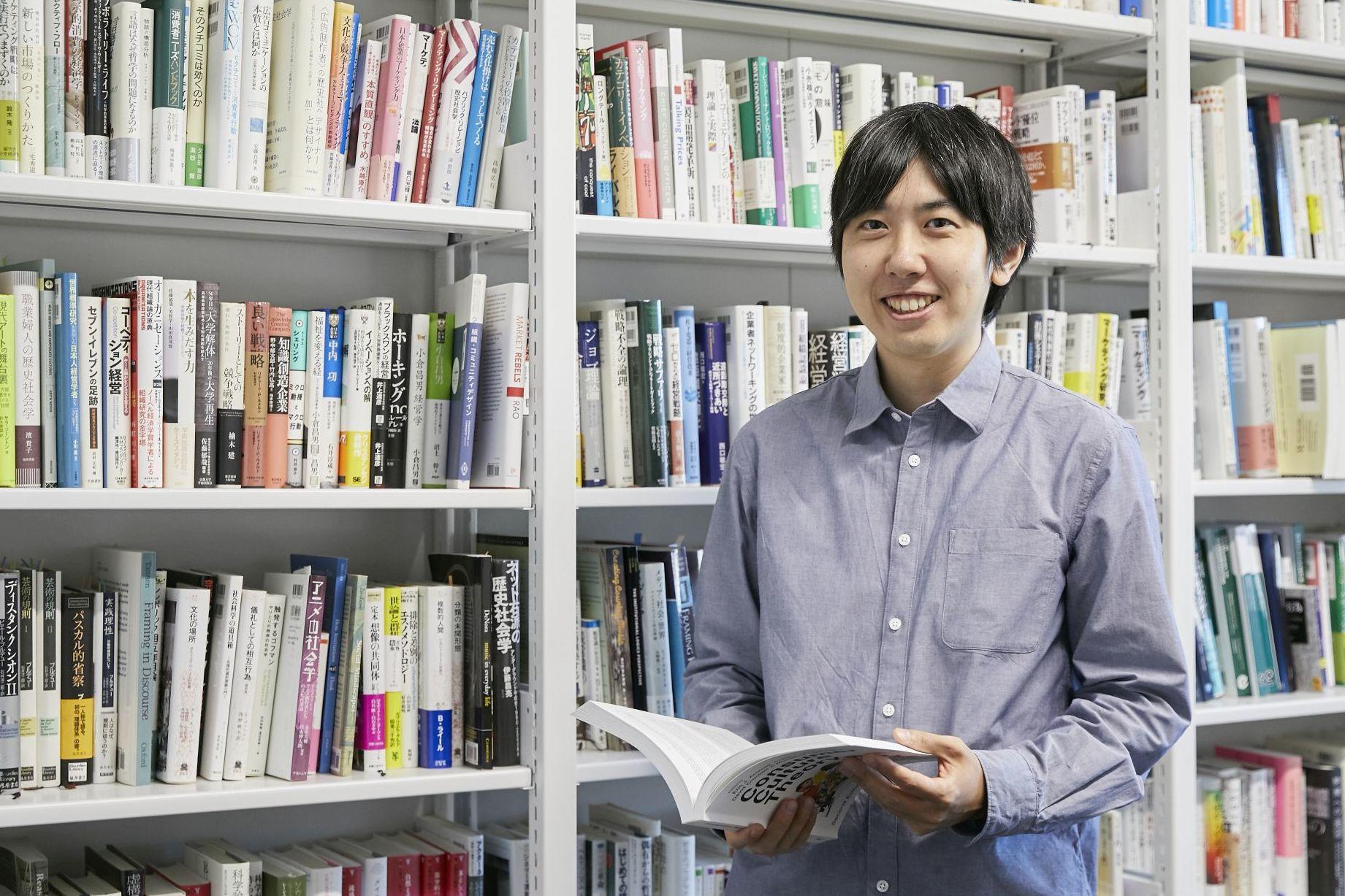
Deciphering consumer behavior based on the interplay of markets and culture
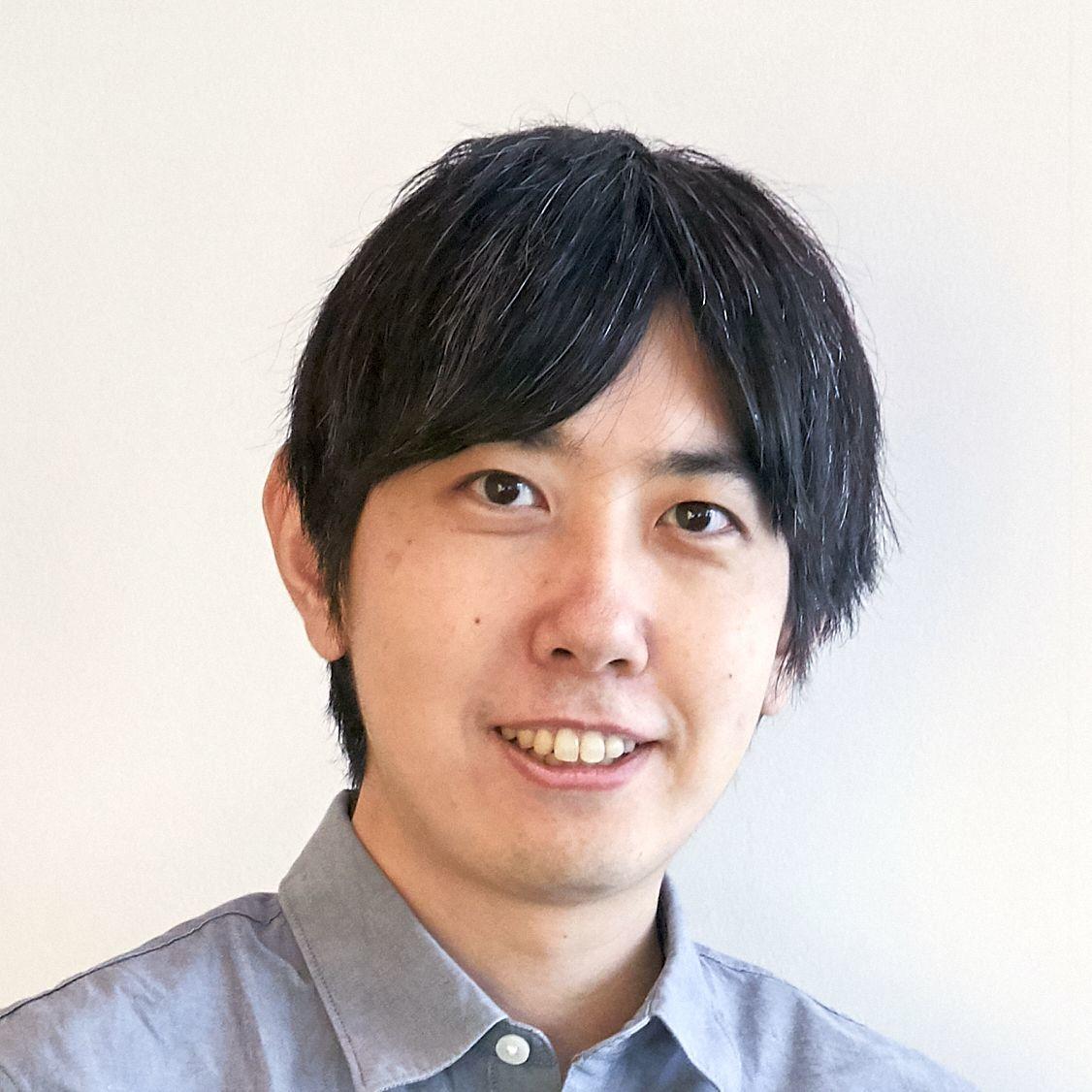
Elucidating the mechanisms that give rise to consumer culture phenomena... When purchasing a certain product, we, as consumers, make choices unconsciously, starting from the category to which the product belongs. Typical examples of such categories are "smartphone" and "feature phone" for mobile phones, and "hybrid", "SUV", and "minivan" for cars. This classification is not limited to products. Everything around us--music, movies, foods, etc.--has genres, and culture and customs are intricately intertwined with the process that leads to classification. Assistant Professor Kohei ASAOKA specializes in consumer culture theory, a thriving research domain in the field of marketing. His focus is cultural phenomena shaped by consumption, and he is working to elucidate the mechanisms through which they arise.
What is this dynamic research domain, consumer culture theory?
Consumer culture theory is a field of research aimed at constructing theories to elucidate the behavior of consumers towards goods and services, which has a cultural dimension. It also reveals the mechanisms whereby phenomena connected with that behavior emerge. As one domain in the theory of consumer behavior, the field was named by US researchers in 2005. The discipline has a short history, and was introduced for the first time to Japan in 2010 by Professor Takeshi MATSUI of Hitotsubashi University, a former teacher of Dr. Asaoka.
As one example, a culture of celebrating Halloween has taken root Japan in recent years, giving rise to a phenomenon where young people dress up, get together, and have boisterous parties. This is consumer behavior against a backdrop of markets and culture, and it cannot be elucidated with psychology alone.
Dr. Asaoka has been involved in this research since the early period when consumer culture theory first emerged in Japan. Why motivate him to delve into this new research domain?
The theme which Dr. Asaoka has researched since 2015, when he began his doctoral program, is Shibuya-kei music. Shibuya-kei is a musical genre popular in Japan in the 1990s. Representative musicians include: Pizzicato Five, Original Love, and Flipper's Guitar. Dr. Asaoka, a music enthusiast, was drawn to Shibuya-kei as a research theme by a simple question "How does a music genre come into being?"
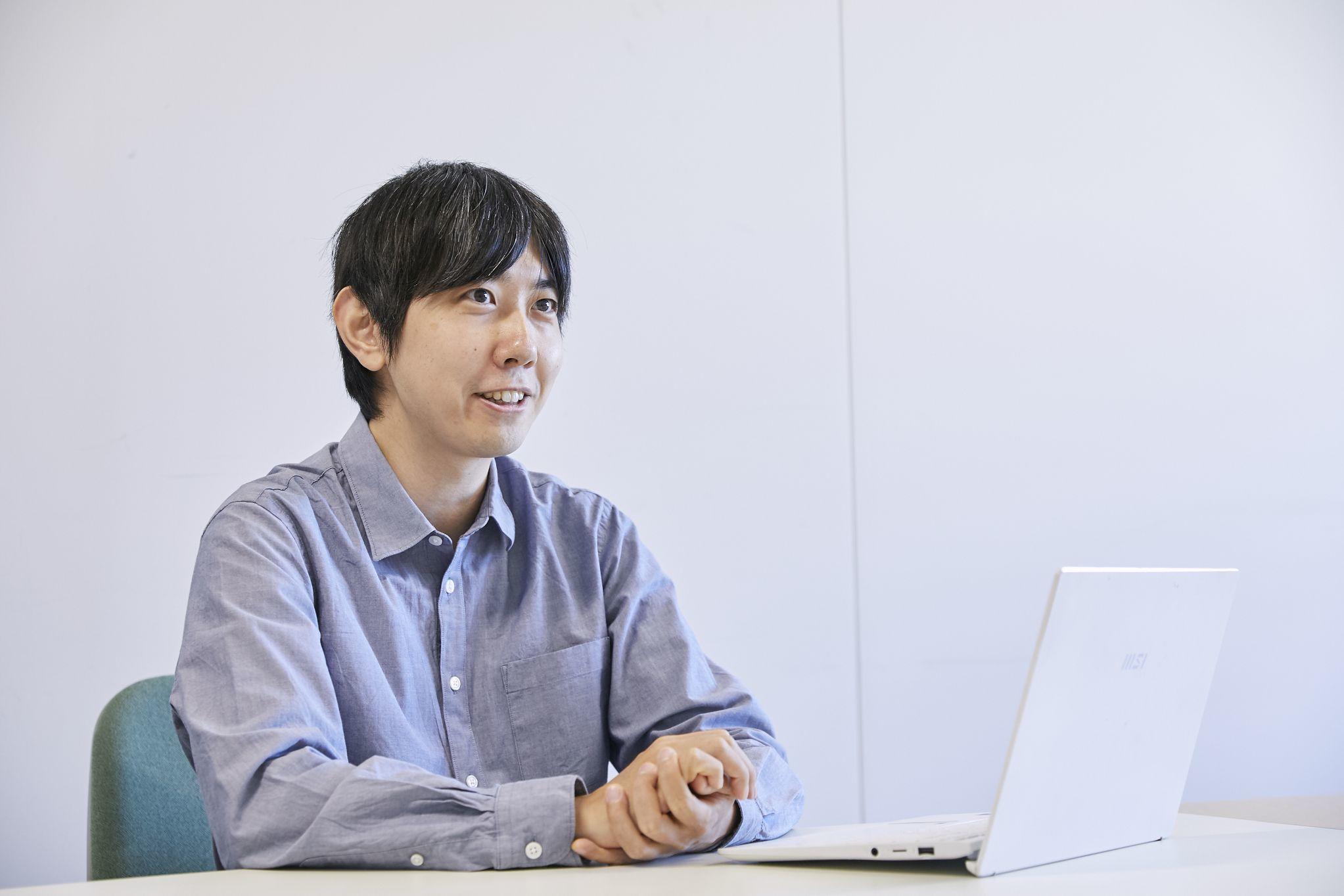
Categories emerge from the world of consumers
In combing through previous research, Dr. Asaoka realized that three points were unclear: how ideas of new categories emerge, how they spread in the world, and how their use declines. Thus, he analyzed the process of the formation, dissemination, and decline of Shibuya-kei by looking at records of communication involving the word Shibuya-kei and the related social/historical context. For this analysis, he relied on a huge volume of data, consisting mostly of almost 1,000 magazine articles, as well as his own interviews with fans and people involved with the musical scene that came to be called Shibuya-kei.
Examining various types of data, he determined that before the word "Shibuya-kei" appeared, there was a community of people who liked the musicians who would later be grouped under the genre, and that they developed their own unique taste and values through local "scenes" like record stores and clubs in Tokyo.
The shared understanding cultivated within this community spread more widely because the staff in charge of Japanese music at the HMV Shibuya store were themselves part of the community. They understood its perspective, and created a specialized section of the store featuring the music that would come to be called Shibuya-kei.
Furthermore, Dr. Asaoka pointed out that Shibuya-kei declined in the late 90s because the word "Shibuya-kei" came to be used for other phenomena associated with the neighborhood of Shibuya, and thus it lost impact as a musical genre.
The exploration of market category dynamics in this research seems poised to offer actionable insights for corporate marketing strategies. "Although the musicians who typified Shibuya-kei didn't really stand out in the category of Japanese music, they did stand out as representatives of Shibuya-kei. In other words, even if a product has limited market share, there exists a tactic of establishing a category in which the product excels, thereby drawing public interest. Showing this is one important result of my work, I believe."
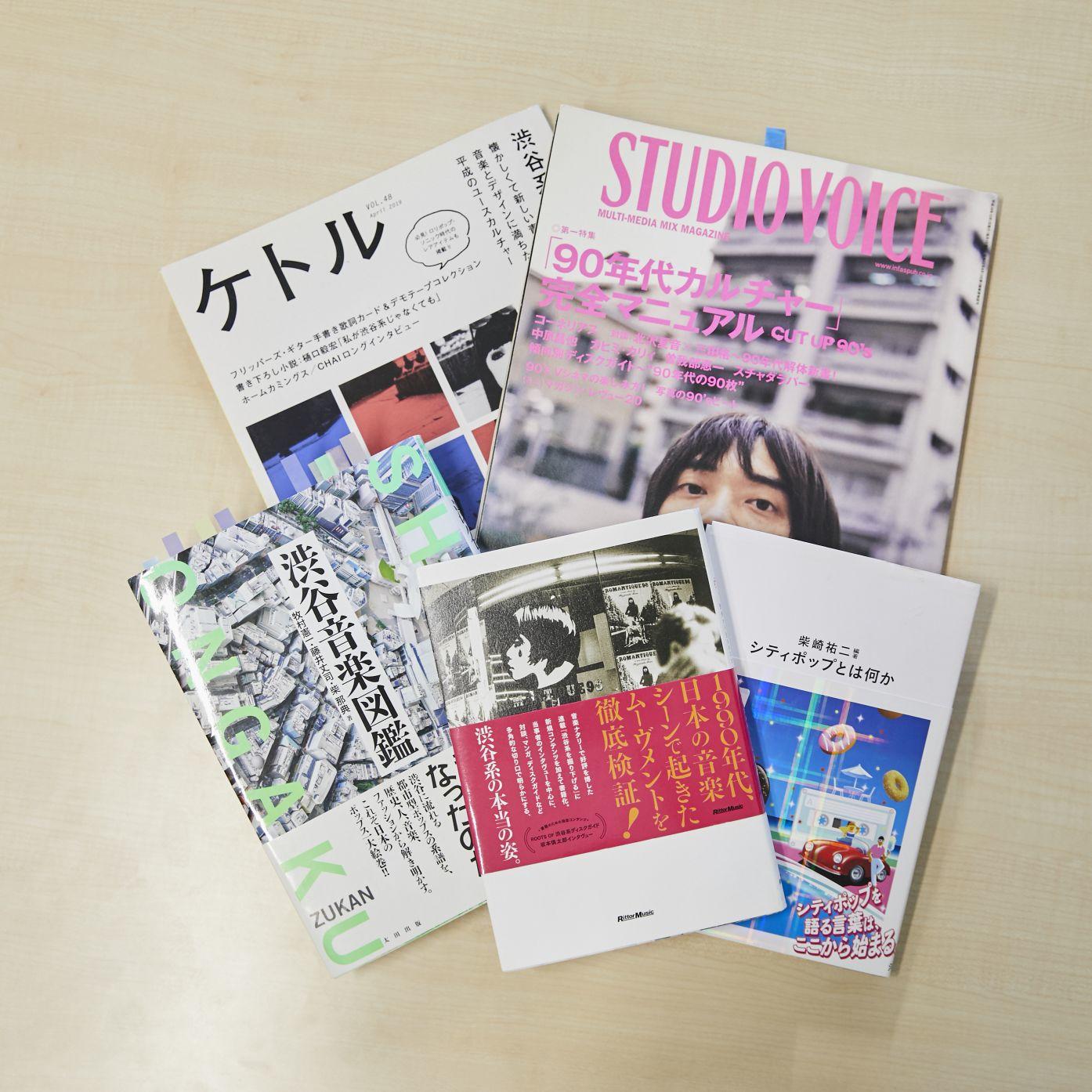
Findings of consumer culture theory from the social media era
Although Shibuya-kei music continued to decline, it was taken up again by the media in the 2000s, and in recent years the term has increasingly been used as a musical genre name. Why do outdated categories reappear and persist in this way? Through further analysis, Dr. Asaoka discovered that Shibuya-kei resurfaced as a category linked with the 1990s. Two frameworks ("it influenced current culture" and "it's a word with an ambiguous meaning") were used to interpret the past phenomenon of Shibuya-kei and that had a major effect. This research clarified the mechanism whereby these phenomena appear.
Dr. Asaoka will likely continue to have a plethora of topics to explore in his work on Shibuya-kei. "Today, there are many stories about Shibuya-kei on blogs and social media. I want to gather those texts, and explore how the concept of Shibuya-kei is understood today, and whether the real voices of consumers play a role in the persistence of the category."
In recent years, the problem of social media backlash to corporate marketing activities has often been highlighted in the media. One factor here is lack of understanding of the consumer "context." In an era emphasizing communication between companies and consumers, there will be an increasing demand from the corporate realm for insights derived from consumer culture theory, which observes and understands consumer contexts through a theoretical lens.
As a young researcher representing the future of consumer culture theory, Dr. Asaoka will pursue research activities from two directions--his own research, and efforts to develop the research domain--so that techniques of deciphering consumer context can take root in Japan.
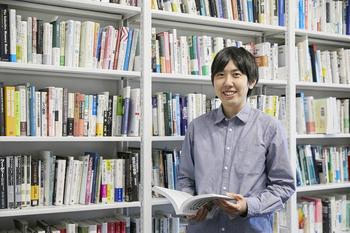
Date of posting: March, 2024/ Date of interview: November, 2023
